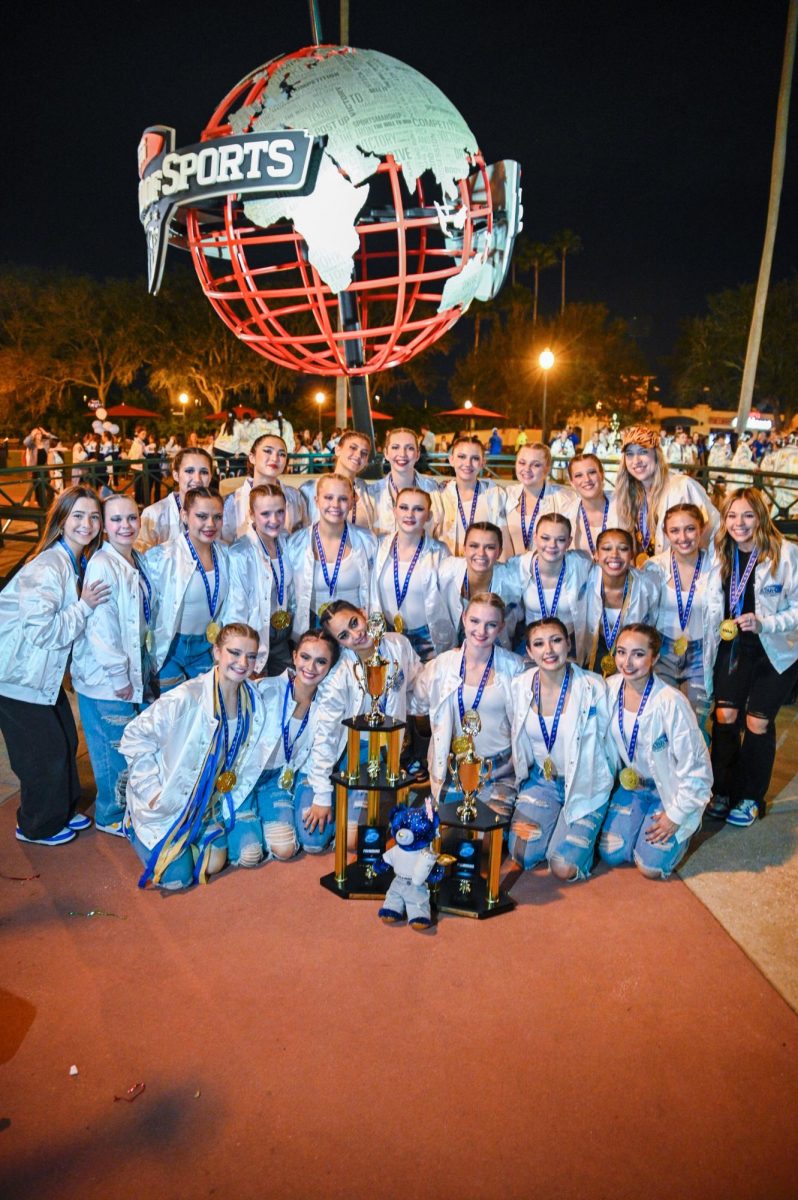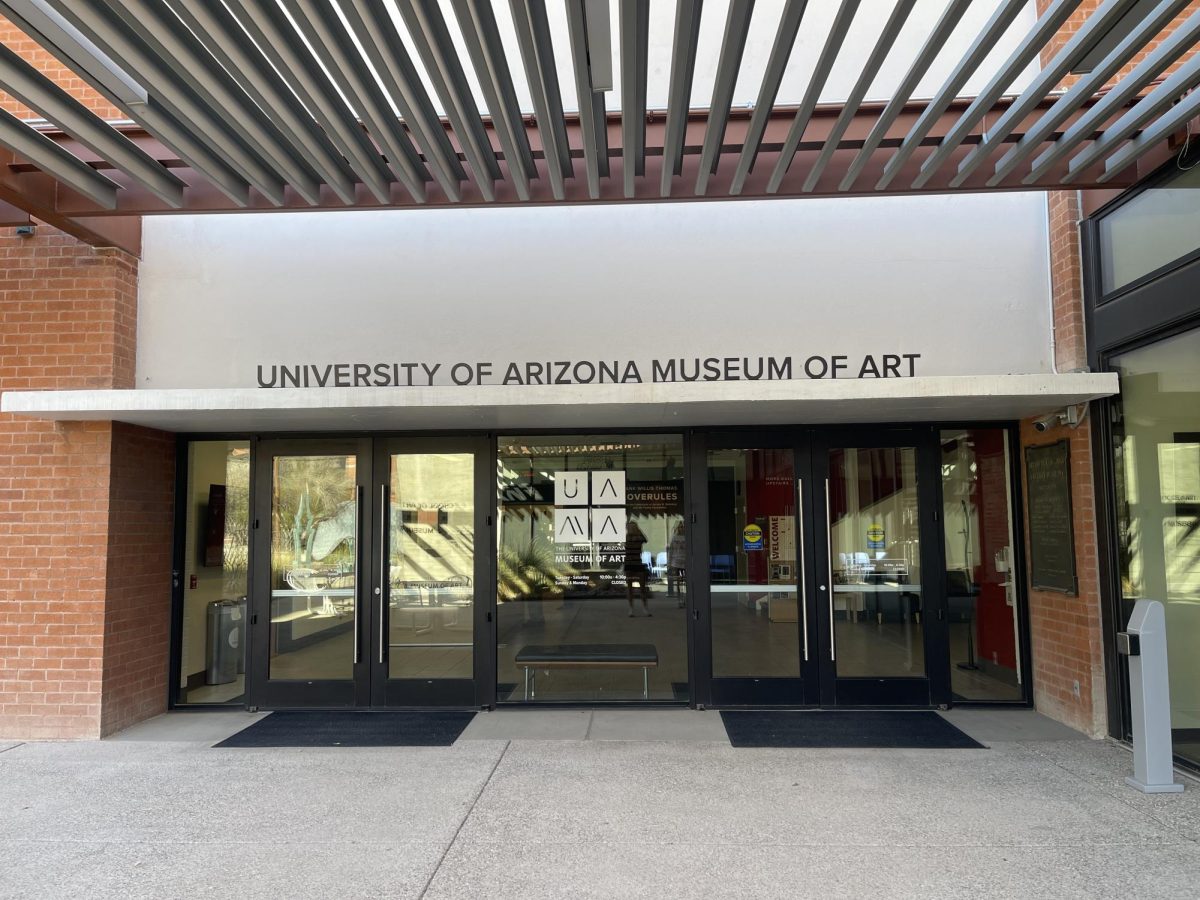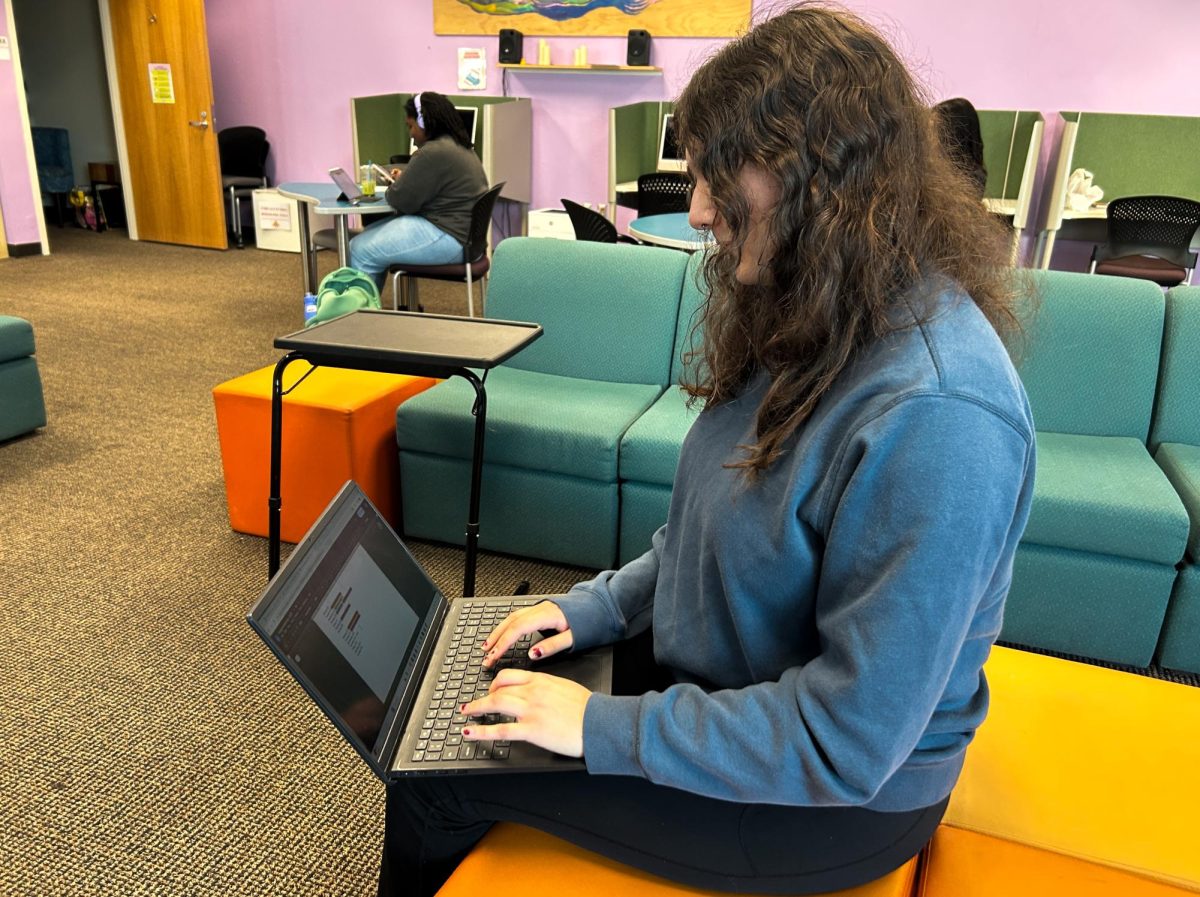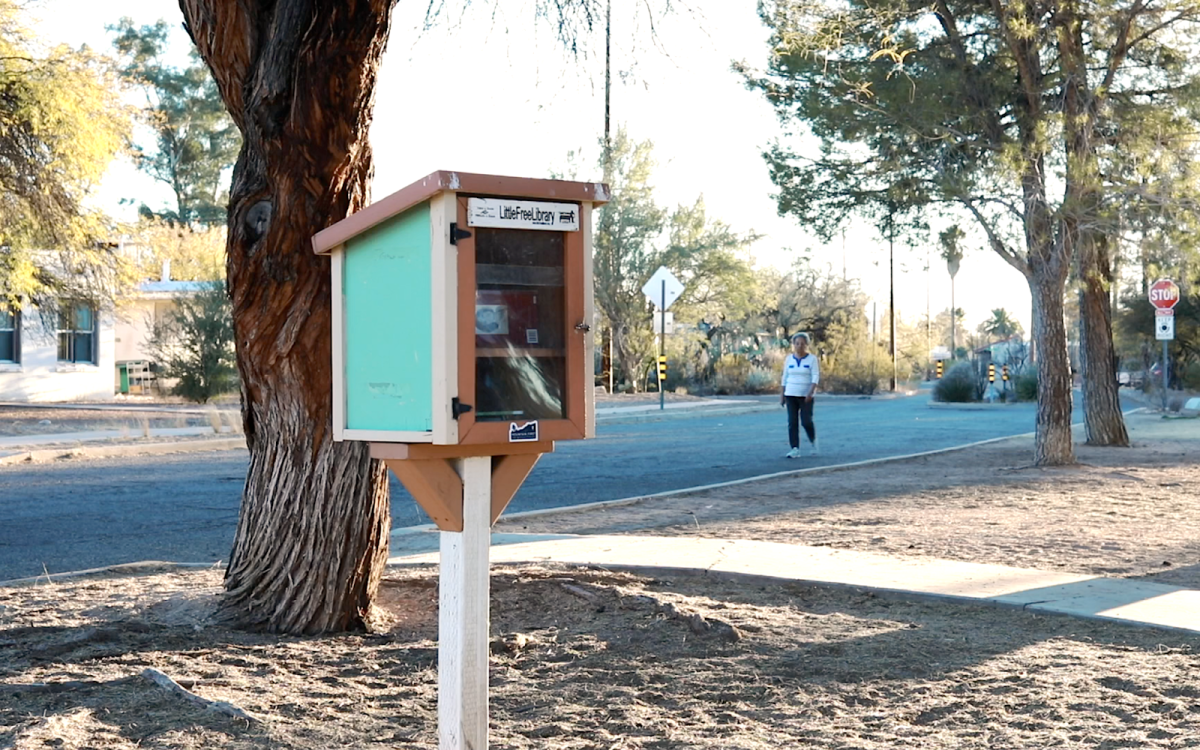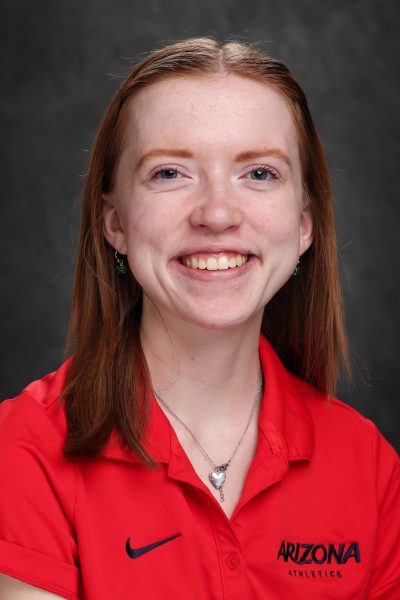The University of Arizona last May honored its first batch of graduates from the recently established College of Veterinary Medicine. Now, these graduates are entering a field that for the past decade has seen a desperate need for more workers.
The college graduated 106 students from a program that is the first of its kind among public universities in Arizona.
The UA veterinary college, which launched in fall 2020, is unique in that it is a three-year program rather than the usual four. The program also involves immediate hands-on learning and prioritizes professional development practices, according to Dr. Julie Funk, the dean of the UA College of Veterinary Medicine.
The college still has to complete some steps in the accreditation process. According to Funk, the American Veterinary Medical Association Council on Education gives the program until June 2025 to “meet full accreditation,” but the college is “fully confident we’ll achieve full accreditation from that unit.”
A league of its own
The UA College of Veterinary Medicine offers an accelerated program with students receiving a degree in three years. This fast-paced course still includes the same number of accreditor-required semesters, but excludes a summer break.
Graduate Arianna Adams praised the program’s condensed timeline, arguing that it helped with retention and was beneficial in getting students into the workforce faster.
The pacing of the program extends beyond the lack of summer breaks. Students are exposed to hands-on learning almost immediately.
“We have our students working with live animals by week two of the curriculum and keep them working with a lot of hands-on activities all the way through our curriculum,” Funk said. “It helps them take what they’re learning in the classroom and ground it you know, with activity, so it just helps them retain the information and seize the real life application.”

Students at the UA college also go out into the community during their clinical year, working with local and in some cases out-of-state practices to receive more career education. Students have a lot of flexibility in getting to design their clinical year, Funk said.
“I came from a clinic where my mentor was very loved by her clientele, and she was such a great doctor, and she was very invested in her patients. That was kind of my goal, as well, to be able to be invested in my patients and take care of them and have them be able to trust me the way that they did her,” Adams said. “I just really wanted to be good as a veterinarian, be good at my job, and to provide all the love and care to the animals that came to see me in the world. Clinical year was a way to kind of experience that in a live setting, experiencing it in the real world.”
Wildcats in the workforce
Recent graduates from the college are now involved in a variety of different practices throughout Tucson and across the country.
Adams is a part of a rotating internship program in Scottsdale.
“In a live practice setting, we learned more of what’s realistic and how we can still help pets regardless of the financial situation of the owner. I think that our client simulations helped me a ton with communication with owners, especially in difficult situations,” Adams said.
“I feel like a lot of the crazy surgeries or cases that I see, I was able to have a general idea of how to handle the case, and then it was just about tailoring the medicine, which is where my mentors come in.”
Haley McCarthy, another graduate from the college’s first class, is now employed at a 24/7 emergency hospital in Oregon.
“To be in vet medicine you have to be adaptable and stay calm even when there is a storm going on around you, and being at UA taught me that. I think being in the emergency and critical care society helped as well to gain connections in the community and learn from professionals outside of our school,” McCarthy said. “UA offers a very well rounded curriculum, and although not easy, this school pushes you to work hard and stay on top of your goals.”
“It takes a village”
Despite the success of the program, the college was no stranger to setbacks. The inaugural class started during the COVID-19 pandemic in the fall of 2020. In a field so dependent on hands-on learning, shifting to online posed a challenge to students, professors and faculty alike.
“We had class online for safety purposes and just to limit everybody’s contact as much as possible. However, they tried to still provide us the hands-on aspect as much as possible, so our clinical skills labs and interactive labs were still in-person,” Adams said. “Some of the things like that are very hard to learn over Zoom […] especially when you’re learning the stuff that we are at a really intense, fast-pace because it is an accelerated learning program. I think that looking back on it, they really did the best that they could […] with what they had.”
Part of this support has come from the Arizona State Legislature, which has given direct appropriations to the school that allowed for renovations and increased admission of Arizona residents into the program, Funk said.
The Arizona State Legislature also recently passed a veterinary loan assistance program that provides student loan support to veterinarians who work in Arizona for at least four years. This program was built in response to the vet shortage that has plagued Arizona and the rest of the U.S.
Mars Veterinary Health found in 2022 that by 2030 there will have to be about 41,000 more veterinarians in the workforce. However, it is expected that there will be a shortage of about 15,000 vets.
Funk attributed the shortage in Arizona to a general increase in demand for veterinary services, as well as challenges getting large animal veterinarians to work in rural areas.
“Part of it is there’s just fewer people in rural areas or fewer people who have experiences with those types of settings. […] We’re seeing a lot of students who are really interested in rural practice, and that’s an area where we’re really focused on,” Funk said. “We’re really hoping that [the loan assistance program] helps retain that talent here in the state, so that it will support students who either work in USDA-designated shortage areas […] or if they work at shelters and animal care. Those are two areas of really great need.”
Arizona Sonoran News is a news service of the University of Arizona School of Journalism.







